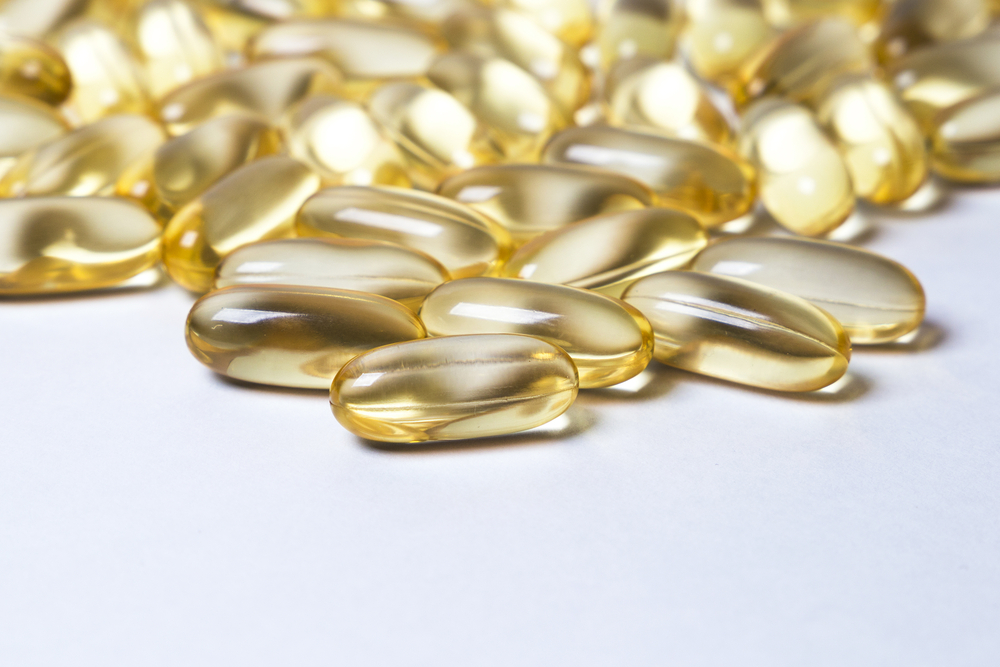
High Intensity Interval Training And Fat Loss
High Intensity Interval Training (HIIT) has often been touted as the key to accelerating fat loss. The proposed idea behind using HIIT rather than endurance training was that metabolism increased both during and after training, increasing lipolysis and therefore reducing the amount of fat stored in the body. The idea seems plausible and attractive to those who may not like the “slow and steady” approach, but does this theory have scientific research to back it up? Sadly, it appears not…
The Effect of HIIT on Metabolism
HIIT continues to be ‘mistakenly’ lauded by fat-loss “experts” due to its alleged potential to dramatically increase Excess Post-Exercise Oxygen Consumption (EPOC). This is the caloric after-burn of a metabolism that stays elevated and consumes extra calories after completion of an intense exercise session. Whilst EPOC does exist, its effects have been hugely overestimated.
 There is evidence to suggest that more intense exercise creates a higher EPOC, but EPOC comprises only 6-15% of the net total oxygen cost (calories burned) of the exercise (Laforgia, Withers & Gore, 2006). For example, if someone burns 1,000 total calories via intense and prolonged exercise, then at most an additional 150 calories result from EPOC. This would suggest that and increases in EPOC would have very little effect on increased fat loss.
There is evidence to suggest that more intense exercise creates a higher EPOC, but EPOC comprises only 6-15% of the net total oxygen cost (calories burned) of the exercise (Laforgia, Withers & Gore, 2006). For example, if someone burns 1,000 total calories via intense and prolonged exercise, then at most an additional 150 calories result from EPOC. This would suggest that and increases in EPOC would have very little effect on increased fat loss.
A recent study carried out by researchers at Queens University in Ontario, Canada reported no significant differences in EPOC between high intensity (four 30s Wingate’s separated by 4.5 min of active rest) and endurance exercise (65% VO2peak for 60 min) in an acute exercise bout. The study concluded that increases in EPOC or fat oxidation following HIIT appear unlikely to contribute to the reported superior fat loss compared with endurance exercise (Williams et al., 2013). This supports the conclusions made previously in the study by Laforgia and colleagues (2006) and helps to dispel the myth that HIIT directly increases the rate of fat loss.
HIIT however, does have its benefits…
The Benefits of HIIT
So far it would appear that HIIT does not have its uses, which could not be further from the truth. HIIT is a useful method for improving athletic performance by enhancing both anaerobic metabolism and maximal oxygen uptake, and competitive runners, rowers, cyclists, and other athletes can use it effectively to get faster and fitter. HIIT is also a useful training method for those that do not enjoy slow, steady training or those that are short of time when training. Choosing whether or not HIIT is part of your training program will depend entirely on your own individual needs, but it is important to remember that using HIIT will probably not cause any significant increases in fat loss when compared to endurance training.
References
Laforgia J, Withers RT, Gore CJ. Effects of exercise intensity and duration on the excess post-exercise oxygen consumption. Journal of Sports Sciences 2006; 24:12
Williams CB, Zelt JGE, Castellani LN, Little JP, Jung ME, Wright DC, Tschakovsky ME, Gurd BJ. Changes in mechanisms proposed to mediate fat loss following an acute bout of high-intensity interval and endurance exercise. Applied Physiology, Nutrition, and Metabolism 2013; 10.1139






No Comments yet!